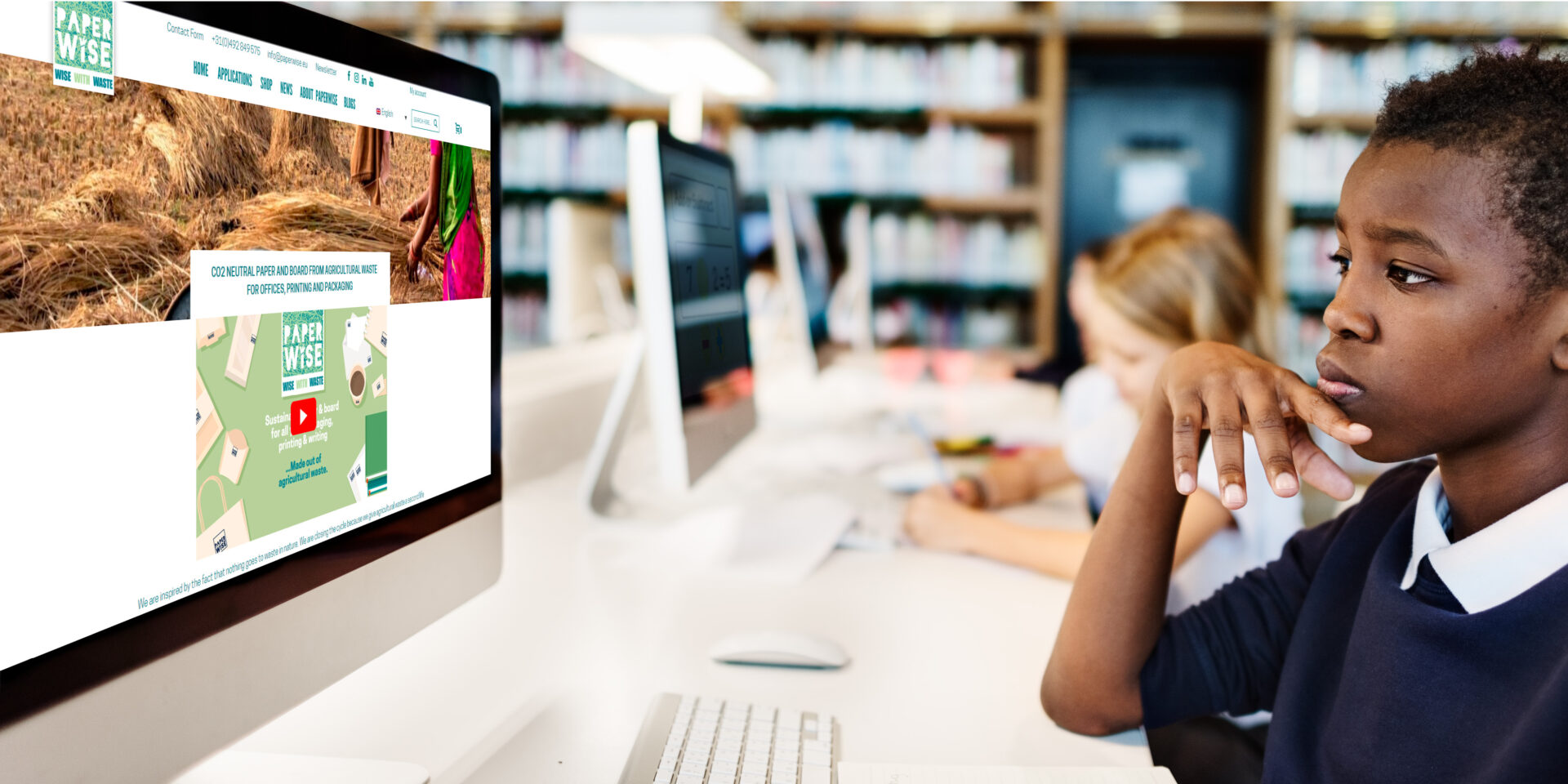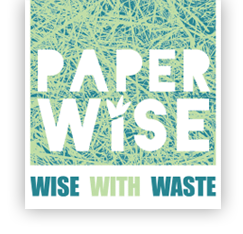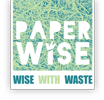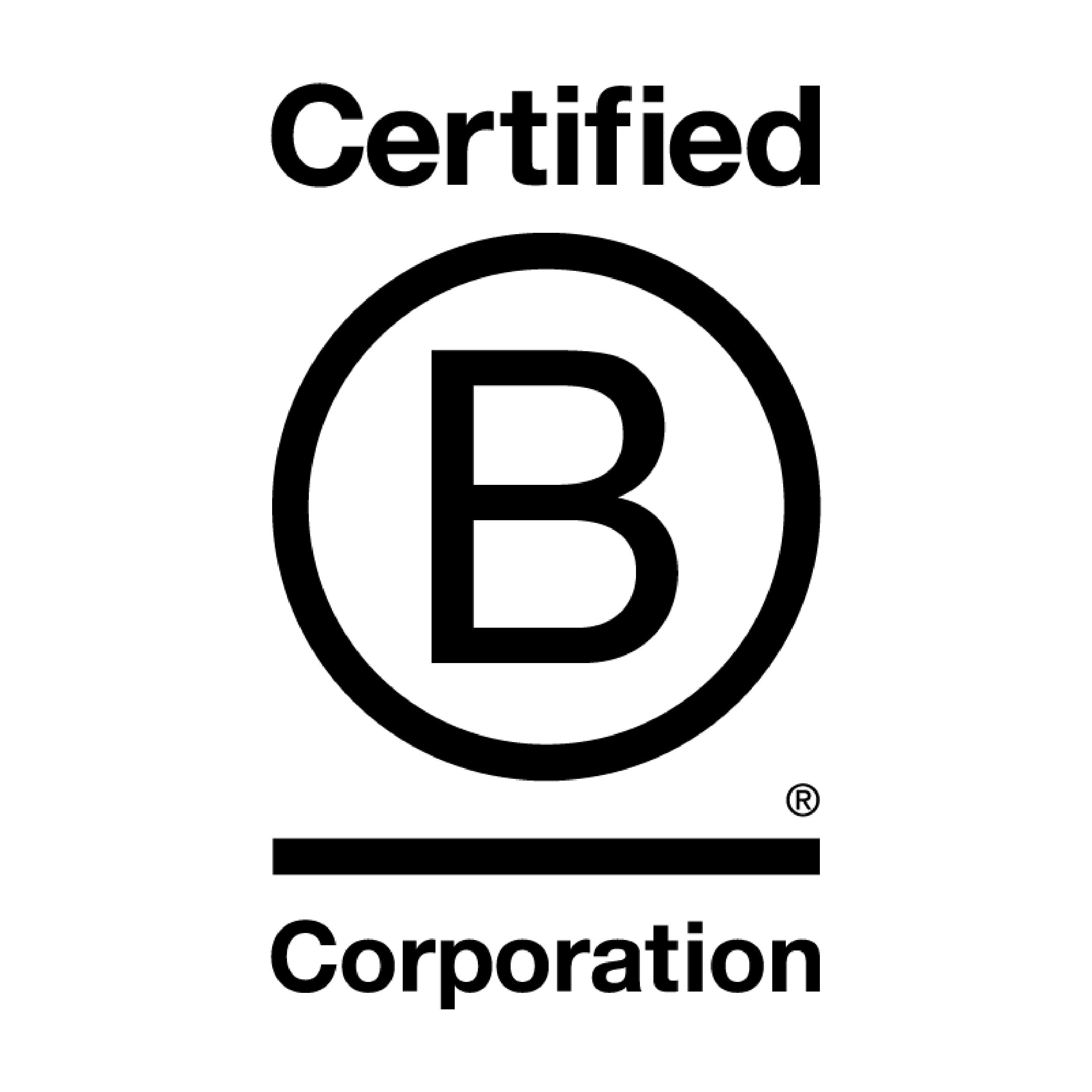
We are increasingly aware of our impact on the environment. We collect and separate waste and we increasingly choose environmentally friendly materials. One of the most recognisable materials is paper. For how wrong we find plastic, for example, we find paper so good. Indeed, in the sustainability movement we have started together, paper is often the designated sustainable alternative to plastic. So you might conclude that paper is more or less spared in the sustainability revolution. But is that really justified? How sustainable is paper really? And what types of sustainable paper are there?
THE CO2 FOOTPRINT OF PAPER
The book ‘Drawdown: The Most Comprehensive Plan Ever Proposed to Reverse Global Warming’ by Paul Hawken reveals that the paper industry emits a shocking amount of CO2. In fact, the paper industry is responsible for global CO2 emissions amounting to about 7 per cent of annual total global CO2 emissions. By comparison, aviation is responsible for 2.5 per cent. In other words, the paper industry is thus almost 3 times more polluting than the aviation industry (source). And it does not look like we are going to use less paper. In fact, over the past 40 years, paper use increased by 400% worldwide (source).
But why is it that paper, which we all surely consider a fairly environmentally conscious choice compared to, say, plastic, can be so environmentally harmful? Here’s how: In Europe, we use around 80 kg of paper per person per year for reading, packaging and, of course, on the toilet as toilet paper. About half of all paper requires trees to be cut down. The other half is recycled paper. On average, one tree produces 300 kilos of paper (source). So for paper use, an average of one tree is cut down per 8 inhabitants per year. With around 447 million inhabitants, that’s almost 56 million trees a year for Europe alone. The trees felled normally take up an average of 25 kilograms of CO2 (source). And if 56 million trees can no longer absorb and retain 25 kilograms of CO2 per year… You get the picture: that has a huge impact on the environment.
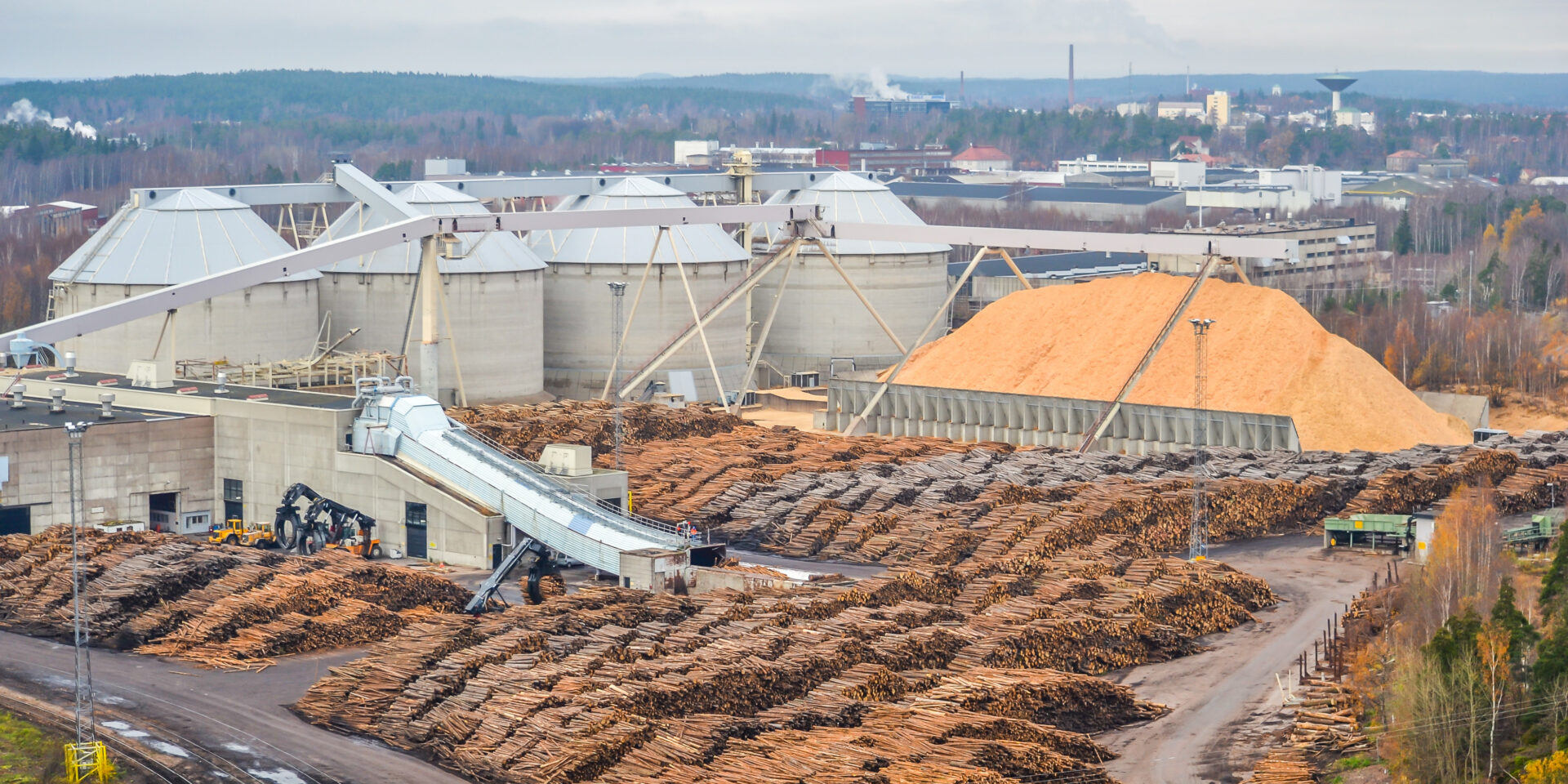
After the tree is felled, the long cycle of the production process from tree to pulp and from pulp to paper begins. Within that whole production process, a lot of energy consumption and transport takes place, all of which again leads to CO2 emissions. The paper is then printed with ink, sometimes wrapped again in plastic and still far too often ends up in places where it cannot be recycled.
IS PAPER COMPOSTABLE?
And if paper ends up in places where it cannot be recycled, such as nature? Does nature then solve the problem, paper as waste? Yes and no. In general, paper is both biodegradable and compostable. There is a time limit to compostability; within 2 weeks it must have degraded at least 95% in an industrial composting plant, then it meets the European standard for industrial composting EN 13432 (source). But, much paper has industrial additives, such as chemicals, coatings and inks, that make it more difficult to degrade, making composting within 2 weeks far from the case. More importantly, it is even better for the environment not to throw paper away, but to recycle it again. By recycling paper instead of throwing it away, we reduce the demand for new wood fibre from trees for paper production. This in turn helps reduce deforestation. For the paper that is not recycled, composting is of course an environmentally friendly waste route.
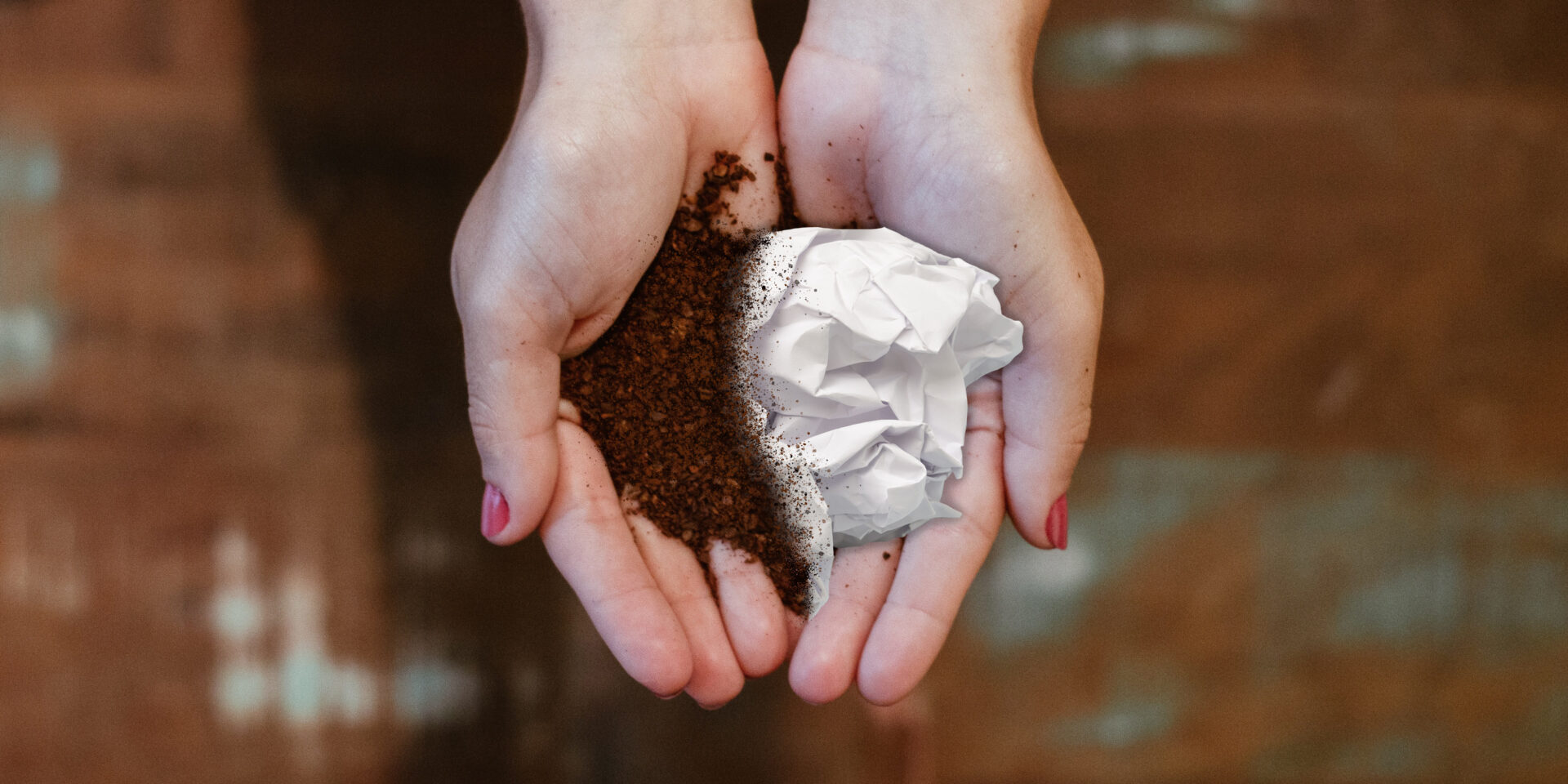
WHAT OTHER TYPES OF PAPER (NOT FROM TREES) ARE THERE?
Traditional paper may not be as sustainable as you initially thought, but fortunately there are alternatives:
Grass paper
Grass is all around us. In the verges along motorways, on pastures where cattle graze and in dried form as hay for stable animals. For some time now, grass paper has also been available. As the name suggests, this paper is partly made from grass. The ground grass fibres are added to the cellulose pulp and fillers needed to make paper. This makes the paper a little more sustainable, as this addition ensures that fewer trees are needed for production. Moreover, the grass fibres are highly visible, which is a nice visible element in this grass paper.
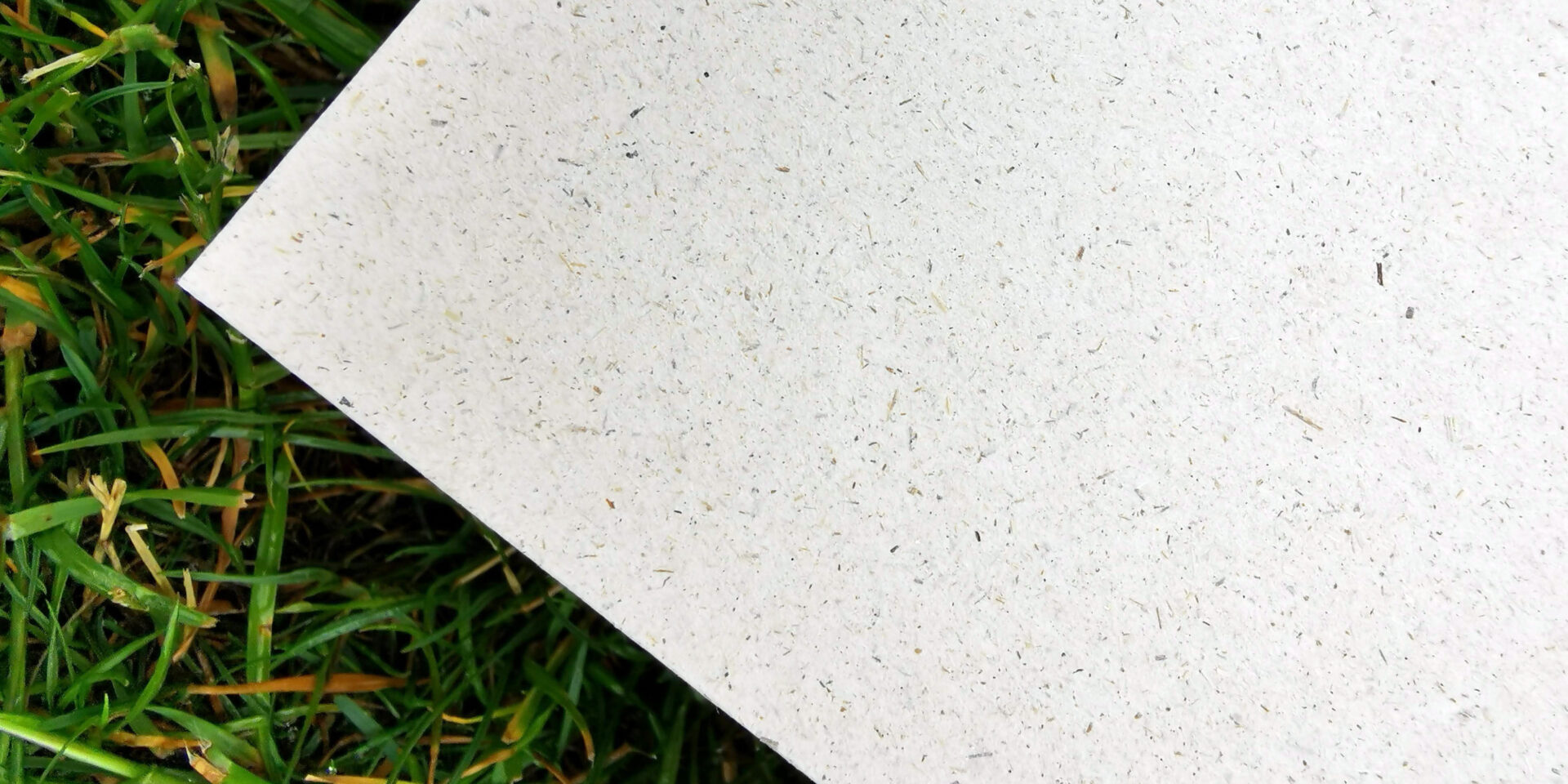
Major disadvantages of grass paper and board are quality, loss and pollution during production. After all, grass is not a cellulose or filler and therefore does not contribute to the strength and smoothness of the paper and board. The higher the proportion of grass, the lower the quality of the paper. Consequently, in practice, grass paper often consists of only 5% to 10% grass. In grass paperboard, the proportion of grass is slightly higher because the material is thicker. Another disadvantage is that 50% of the grass is lost during paper production and does not end up in the paper. The grass lost during paper production pollutes wastewater because it is organic material. Once grass paper or grass cardboard is recycled, another 50% loss of grass occurs which is lost during production. The energy for processing is then useless. The grass that is then lost again causes additional pollution of the wastewater.
Tomato paper, beet paper, cocoa paper
More and more alternative fibres are being used to make paper. As long as we save the tree is the idea. Over the past 10 years, many types of paper made from alternative fibres have been added. The same applies to tomato paper, beetroot paper and cocoa paper as to grass paper. The fibres used are not cellulose, do not offer quality and are blended with wood pulp from trees in small proportions. Like grass paper, the names tomato paper, beetroot paper and cocoa paper sound wonderful and the papers look beautiful with these alternative fibres. This is the main reason for the popularity of these new papers. Tomato paper, beet paper and cocoa paper are thus a very small amount more sustainable than paper from trees, but we should not overestimate the effect.
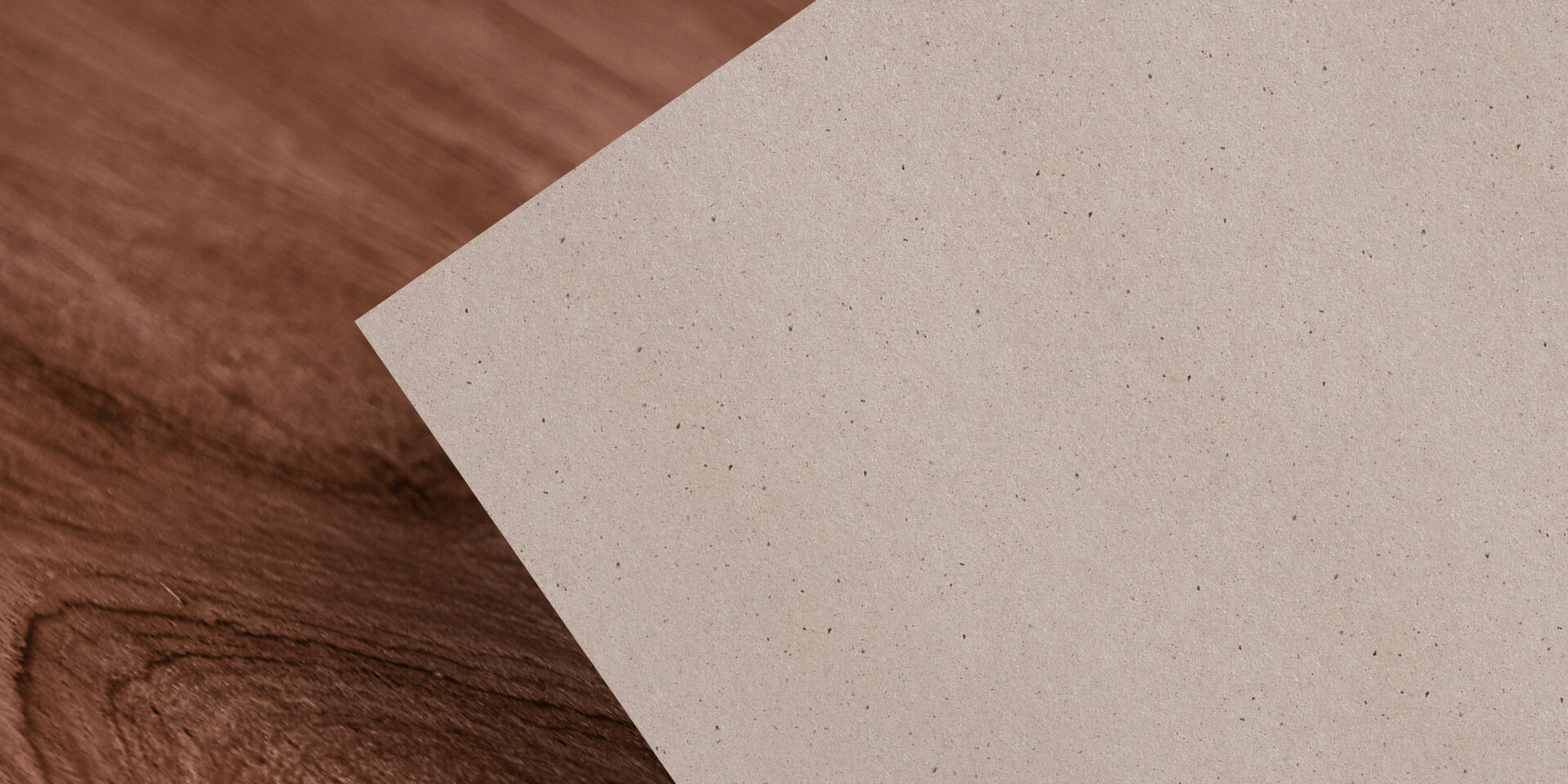
Bamboo paper
Contrary to what many people think, bamboo is not a tree, but a species of grass. And unlike grass paper, tomato paper, beetroot paper and cocoa paper, bamboo paper can be made from 100% bamboo. However, bamboo has to be cut down to make paper, while bamboo absorbs considerably more CO2 than deciduous trees.

A major advantage that bamboo has over trees in that respect is that it grows back many times faster. A major disadvantage of bamboo paper is that it requires a long and complicated process to transform bamboo into paper. This is reflected in the price (source). Bamboo, like trees, is a primary raw material. This means that the bamboo, like trees, is grown specifically for paper. Unlike tomato paper, beet paper and cocoa paper where the fibres are a secondary raw material. These fibres remain after the food has been removed from the plant.
Paper from agricultural waste
When the farmer has harvested his wheat, barley, rye, rice, hemp or sugar cane, agricultural waste remains in the field. Think of the non-edible leaves and stalks. In developing countries, this waste is burnt in the fields and is lost in the process. But what if we used that agricultural waste to make paper? That is exactly what PaperWise has been doing since 2015. From the stalks and leaves left over after harvesting, cellulose is extracted, which is the main ingredient of paper. The paper, which often consists of 100% agricultural waste, is high-quality and recyclable. With this production method, few if any trees are cut down to make paper (because the cellulose is extracted from agricultural waste instead of the trees) and natural material that would otherwise go to waste is given a second life.

THE MOST SUSTAINABLE CHOICE
Clearly, paper is not necessarily sustainable and it pays to look at alternatives. The environmental impact of PaperWise’s paper is as much as 47% lower than paper from trees and 29% lower than recycled paper. In addition, PaperWise is completely carbon-neutral, making it a more sustainable solution to today’s paper from trees. Using agricultural waste as a raw material prevents harmful substances from being released into the air by burning the agricultural waste. Residues that would otherwise have gone to waste is given a second life and what’s more, the farmer earns something extra. Both food and agricultural waste now provide financial value. At the same time, quality is not compromised and paper from agricultural waste can be recycled up to 7 times, just like paper from trees. This makes PaperWise’s paper the most sustainable alternative to ordinary paper.
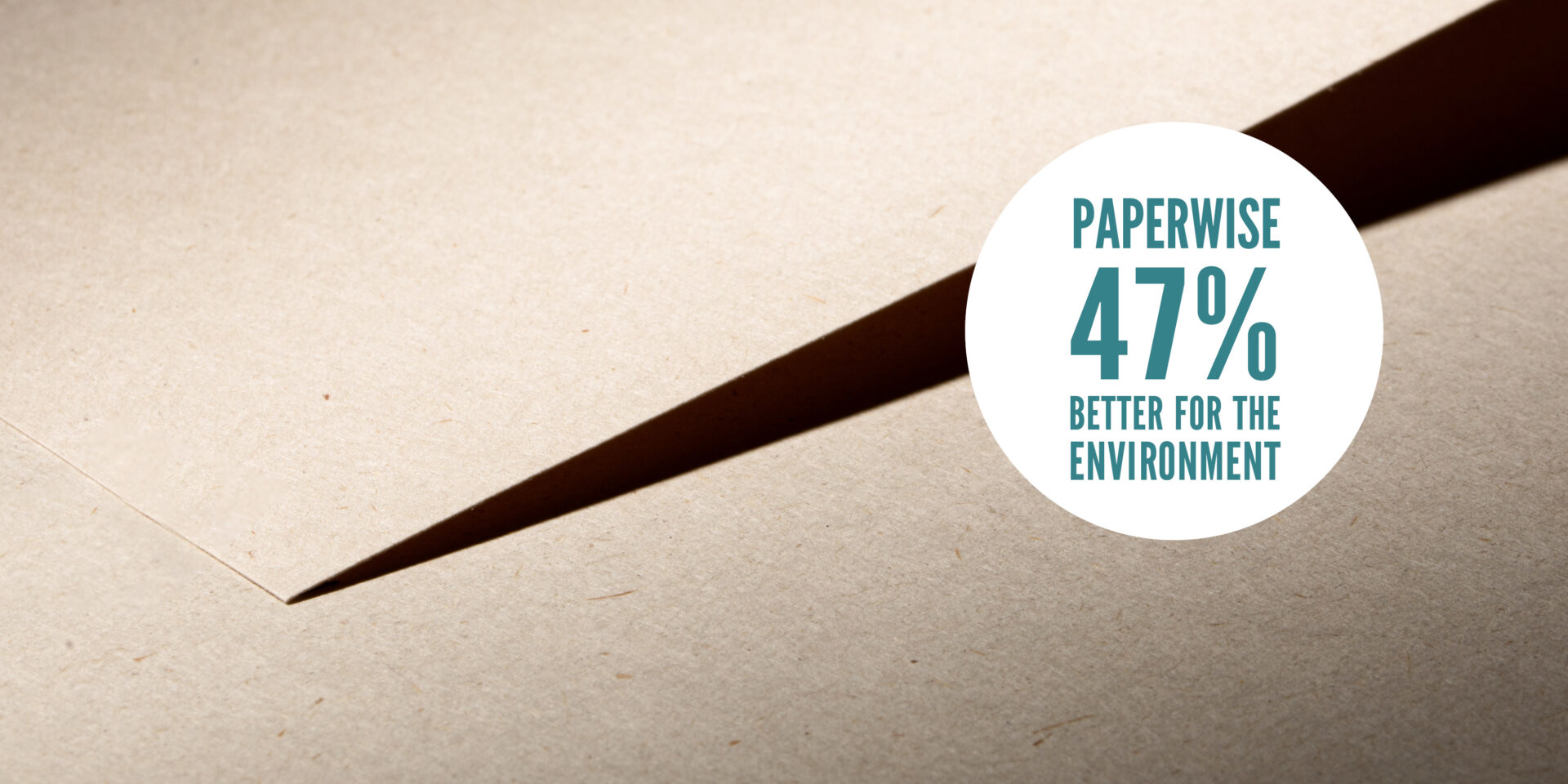
By switching to PaperWise’s paper, 95,800 trees have already not had to be cut down (since PaperWise’s inception), avoiding a total of 1,331 ha of deforestation. An area the size of 1980 football fields. But PaperWise is not done yet. PaperWise will continue its efforts to get the share of agricultural waste as raw material for paper and cardboard as high as possible. PaperWise will do this together with producers, certification bodies, politicians, environmental organisations, customers and everyone who wants to contribute to a better, sustainable world. This is the only way to ensure that even more trees can remain standing and that even more agricultural waste – which would otherwise go to waste – gets a second life as paper. Only when children learn at school that paper is made from agricultural waste will PaperWise have achieved its goal!
